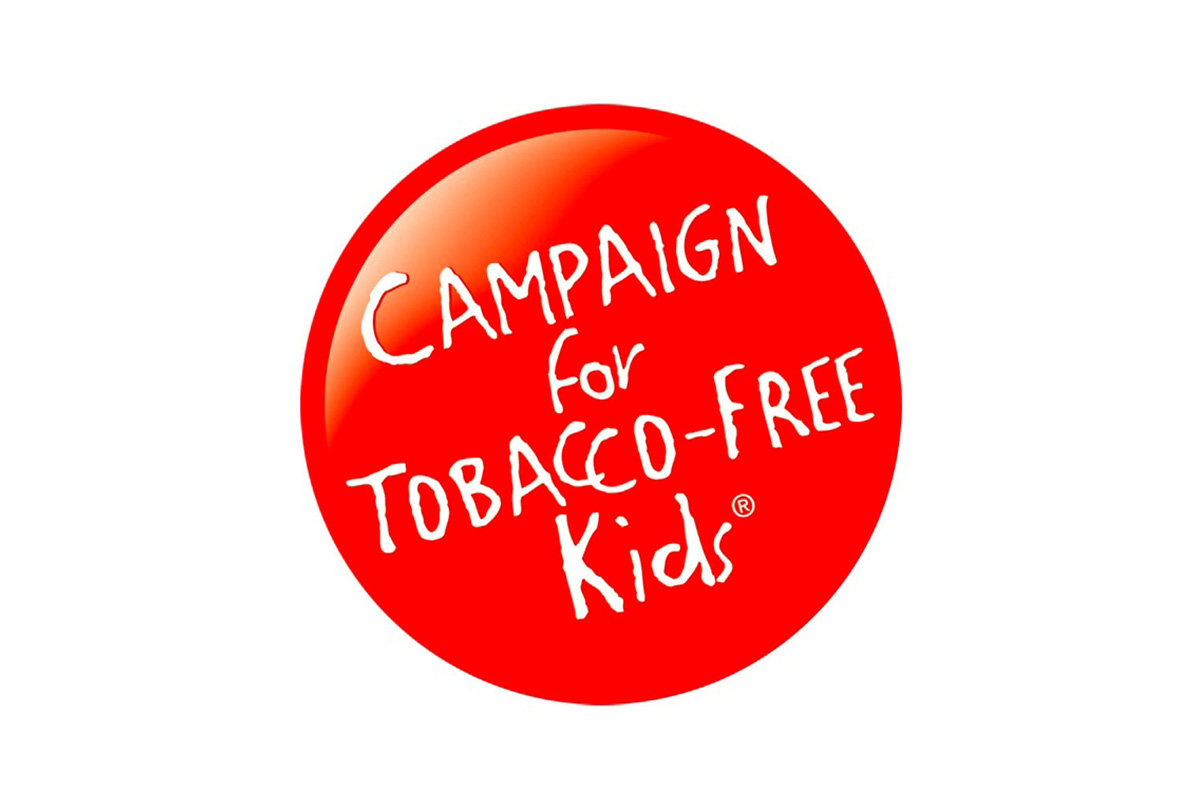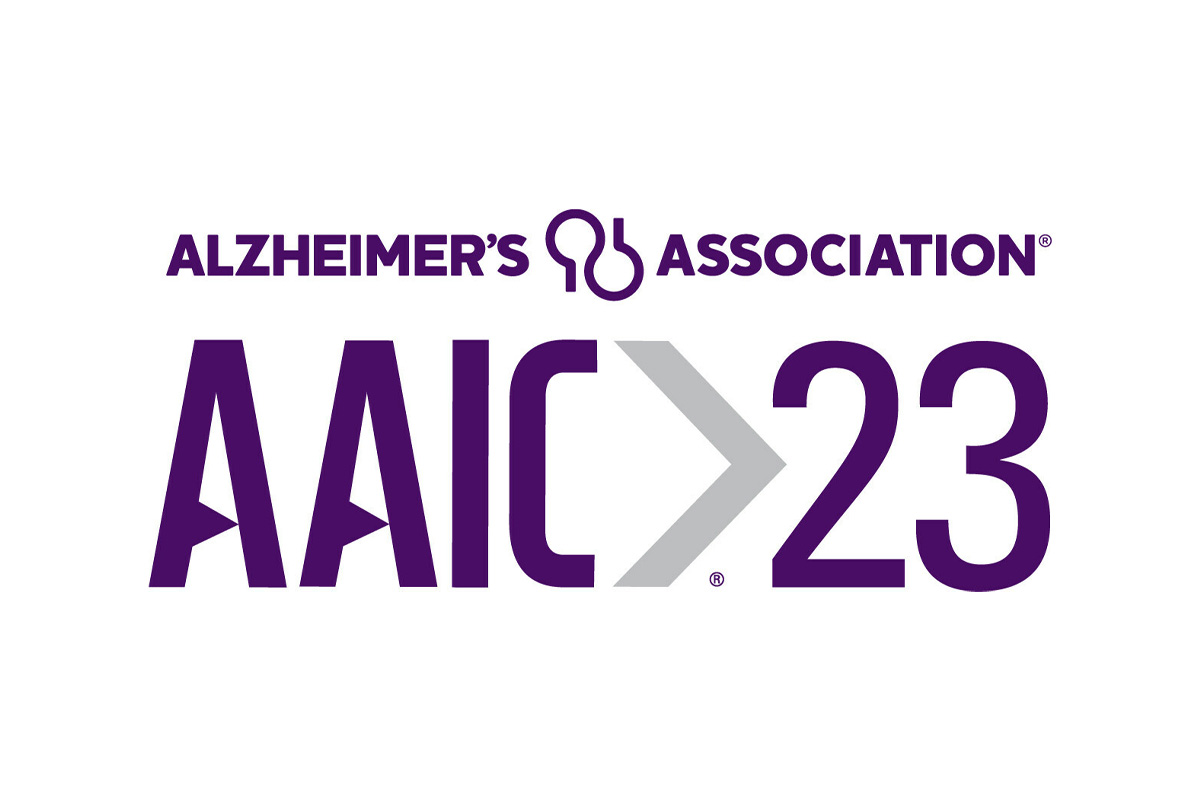Microbes are the microscopic organisms that prevail in the surroundings. You are likely to come across different microbes in every environment, be it extremely hot or cold. One of the microbes that reside in the human body is Candida Albicans. Also, the immune reactions and processes keep yeast infections or candidiasis under control.
Due to various causes or predisposing factors, yeast growth accelerates and gives rise to various candidiasis forms. Some candidiasis is genital, oral, and esophageal yeast infections that might be either acute or chronic.
Here are the top causes and treatment options to get rid of the various forms of candidiasis.
1. Genital Candidiasis
The genital region possesses a candidal reservoir in a favorable and balanced manner. Due to some reasons, the candida balance might undergo significant disruption leading to candidiasis. Also, it leads to some symptoms that hinder your daily life in many ways. Some symptoms like white, odorless vaginal discharge coupled up with itching around the vaginal region are prevalent. Along with this, you are prone to soreness or irritability during sexual intercourse. Not just the vagina, yeast infection occurs amongst the male penial region as well. It causes you to give away an unpleasant white discharge and redness around the tip region. Chronic yeast infection can be quite daunting and affects your mind as much as the body.
Causes
- Excessive usage of antibiotics that lead to an imbalance in the vaginal bacterial reservoir.
- It might occur in females who are pregnant or suffering from uncontrolled blood sugar levels.
- The usage of oral contraceptives might trigger the replication of yeast reservoir in the vaginal region.
- In case you possess a compromised immunity, you are likely to suffer from candidiasis more often than others.
Treatment
- Over-the-counter prescription drugs might help to bring the yeast growth back to normal.
- You must take care of your hygiene and wear cotton undergarments as much as possible.
- Try to wear loose clothing and shower daily to avoid unhygienic conditions.
2. Cutaneous Candidiasis
Just like the genital region, even your skin is quite prone to yeast infections. It occurs in the areas of your body where the folds are prominent and lead to excessive moistness. Some common regions that are prone to cutaneous yeast infections are the armpits and groin region. Also, it causes significant symptoms that might lower your confidence and affect your skin up to a great extent. You might experience a red rash that grows with the passing days and pimple-like lesions around the hair follicles. When left untreated, it might turn into a blister or pustules.
Causes
- The yeast reservoir on the skin might multiply due to warm weather and tight clothing in the long run.
- Unhygienic conditions are likely to cause the excessive replication of the yeast reservoir. Some examples are the infrequent change of the undergarments and missing the shower now and then.
- Some medications, like antibiotics and corticosteroids, might trigger the growth of candida as well.
Treatment
- Over-the-counter antifungal medications like clotrimazole, miconazole, and tioconazole help in controlling symptoms.
- You must maintain proper hygiene to keep the yeast infection under control. Make sure to clean the prone areas of your body and dry it off to prevent moistness.
- Include a few probiotic drinks to boost your immunity and wear loose clothes to prevent the irritation of the skin.
3. Oral Thrush
Oral thrush, also known as oropharyngeal candidiasis, occurs when the yeast infection affects your mouth. It occurs mainly amongst infants or toddlers and leads to yellowish bumps around the teeth region. Also, the infection might not lead to severe complications if treated in the initial days itself. One of the best ways to keep the oral yeast infection under control is through proper hygiene cleanliness. Along with this, you might experience symptoms like yellow patches around the cheeks, bleeding from the patches, and sore feeling in the oral parts. Other than this, difficulty while deglutition and ball-like feeling in the mouth are also quite common.
Causes
- Specific treatment options like antibacterial therapy or cancer therapy are likely to cause yeast infection in your mouth.
- Opportunistic infections like HIV, leukemia, and Cancer take a toll on your immunity and cause the yeast reservoir to replicate faster than normal.
- Lifestyle disorders like diabetes also act as a predisposing factor to oral thrush and oropharyngeal infections.
Treatment
- Medications like antifungal drugs and mouthwashes are essential to control the spread of yeast to other parts of the mucosa.
- Other than the medications, you must maintain proper hygiene to control the replication of Candida Albicans.
- Brush your teeth with a soft toothbrush and make sure to change your oral essential after the infection is over.
- Rinse the mouth using saltwater, lemon water, or baking soda and water at least 3 to 4 times.
Bottom Line
Microbial attacks are quite common due to a variety of reasons like weak immune responses and opportunistic infections. Yeast infections also occur due to similar reasons and hinder your daily life. Also, you might suffer from different types of yeast infections depending upon the area affected in your body. Some common types of candida infections are genital, oral, and skin infections. Also, it leads to similar symptoms like red rashes, soreness, and patchy white skin. When it comes to the treatment, you must include the antifungal medications in your routine. Other than this, maintain proper hygiene and clean the affected region now and then.








Leave a Reply